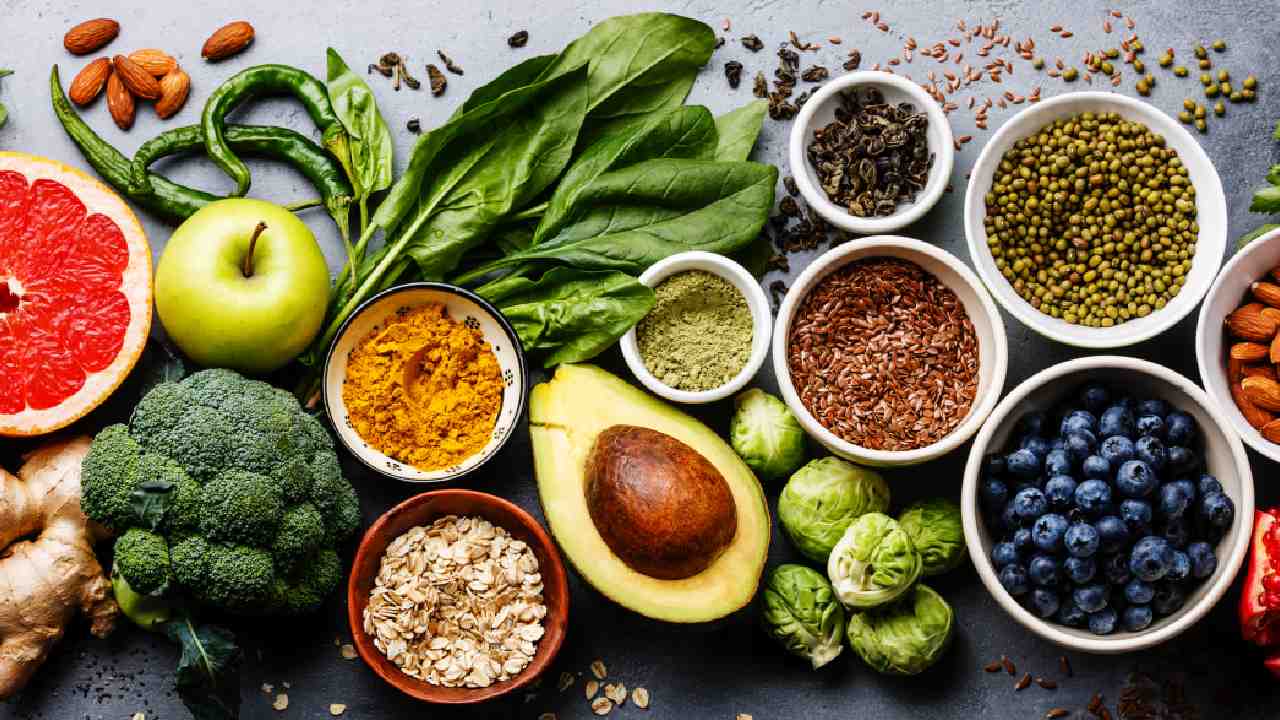New food database to help consumers understand nutrition

A new food data base to help consumers understand the nutritional value of food they eat is currently in the works and will simplify understanding the nutritional value behind foods we love to eat.
Do we really know and understand what is healthy and what isn’t when filling up the cart during your weekly shop?
Food Standards Australia New Zealand (FSANZ) has begun developing a database to help consumers understand the nutritional value of the food they consume.
FSANZ General Manager of Science and Risk Assessment, Christel Leemhuis, says the new Branded Food Database will work alongside the Health Star Rating system (HSR) and was requested by the department of Health.
"It will allow us to track changes in the nutrient profile of foods over time, the database is targeted at providing a reliable source of information for modelling any future HSR changes."
Consumers will be able to access the database online by entering a barcode to see the product’s health information. No scanning app will be available as of yet, but FSANZ hoped to add this consumer friendly feature to the database in time.
Despite FSANZ's goal to include 85 per cent of food products available in Australia by 2023, it was up to food producers to opt-in, Ms Leemhuis said.
"But by providing information to the database manufactures and retailers will contribute to industry transparency," she said.
"We will compare that to our existing food composition databases, so that will allow us to identify if there are any products with a nutrient profile that doesn't look quite right [if we suspect a company is supplying inaccurate information]."
Recent changes to the HSR system that prioritise sugar content as an assessment criteria have received harsh criticism from those who grow fruit, as juices are now ranked below diet soft drinks in terms of high sugar content.
Agriculture Minister David Littleproud had also previously dubbed the labelling process as “madness” due to the emphasis on sugar content. Ms Leemhuis promises the new database will provide a more thorough breakdown of food’s nutrients.
